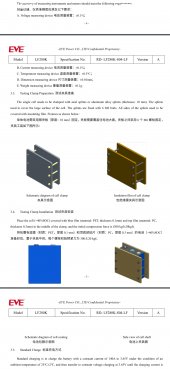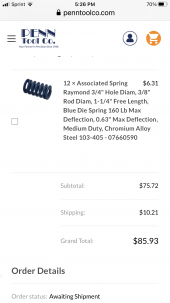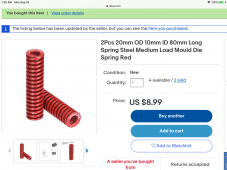Daddy Tanuki
Solar Wizard
after trying both the multi leaf buss bars, and solid buss bars i finally settled on 00 gauge wire with terminals. they flex, they carry the power and with a little bit of antioxidant they have no issues. I get the whole lets find a way to do it cheaper, but at this point nothing beats a set of cables properly assembled. this is off course my opinion and nothing else, but i spent cash on all of the other current alternatives and found all of them lacking.







